Innovative Initiatives Boost Childhood Vaccination Rates in South Asia Amidst Challenges
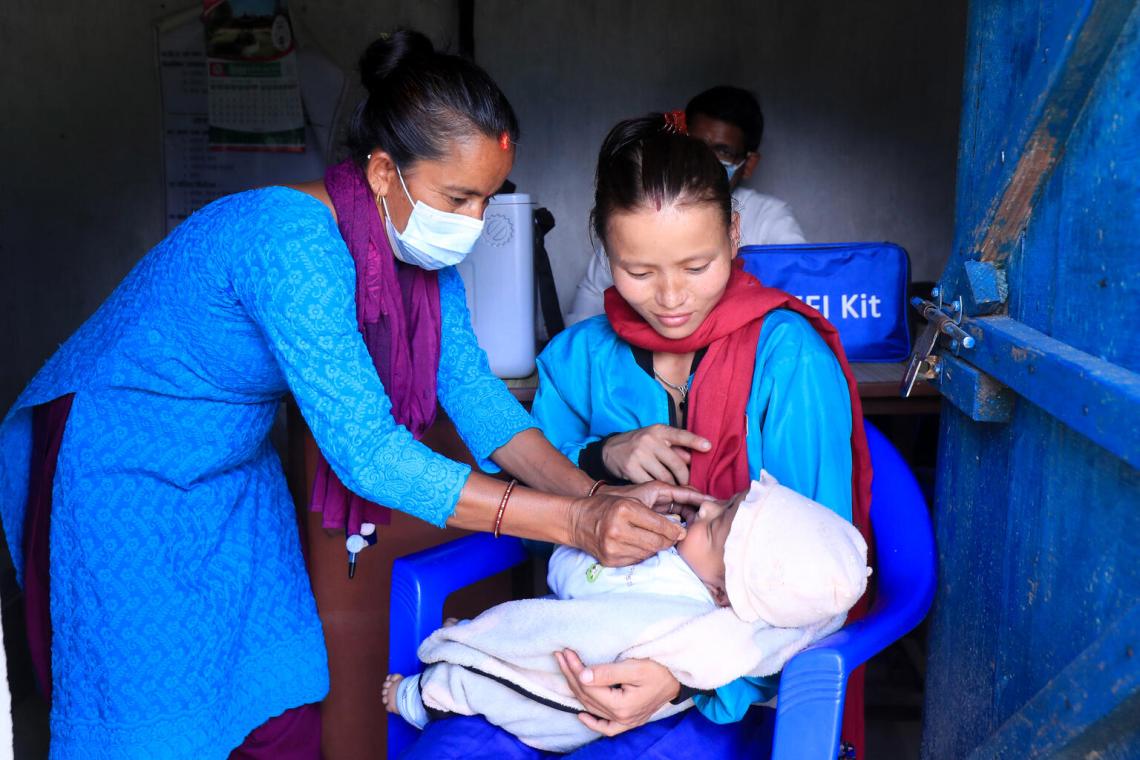
Kathmandu– In the face of numerous challenges in South Asia, the health and well-being of children have remained a top priority. Over the last few years, the region has witnessed remarkable innovations in childhood vaccinations, bringing hope for a healthier future for millions of children and their families.
The COVID-19 pandemic, while posing immense obstacles to healthcare services, dealt a severe blow to childhood immunization efforts. More than 5 million children in South Asia missed out on essential vaccines, threatening their health and lives. However, thanks to the collective efforts of health worker heroes, dedicated governments, scientific advancements, innovative solutions, and community engagement, childhood vaccination rates have now rebounded to pre-pandemic levels in countries like Bangladesh, Bhutan, India, Pakistan, and the Maldives, UNICEF has reported.
Recent data shows that approximately 2 million more children received the vaccines they urgently needed in 2022, compared to the previous year. This encouraging progress, however, does not negate the concern for the 1.9 million children who still haven’t received a single dose of life-saving vaccines since birth. There is a pressing need to bridge this gap and extend protection to every child in the region.
Despite the challenges that lie ahead, there is renewed hope for the future. The South Asian countries have witnessed the emergence of several innovative initiatives aimed at enhancing child healthcare and immunization efforts. Some of the standout initiatives include:
1. Solar-Powered Vaccine Delivery in Remote Areas of Nepal: In Nepal, solar power has been harnessed to ensure the safe and timely delivery of vaccines to children residing in the most remote and inaccessible regions. This innovation has overcome logistical hurdles and empowered health workers to reach even the farthest corners of the country.
2. Mobile Applications for Immunization in Bangladesh: New mobile applications have been introduced in Bangladesh, empowering health workers to protect over 36 million children against diseases like Measles and Rubella. These digital tools have streamlined healthcare efforts and enhanced the efficiency of vaccination drives.
3. Extending Healthcare to Struggling Families in Sri Lanka: Health workers in Sri Lanka have gone above and beyond to provide healthcare services to families facing challenges. Their dedication has ensured that children receive the care they need, even in difficult circumstances.
4. Comprehensive Healthcare Centers for Vulnerable Children in Pakistan: In Pakistan, dedicated places have been established to cater to the health needs of vulnerable children. These centers serve as a one-stop solution, providing essential healthcare services to safeguard children’s well-being.
5. Building Trust to Reach Zero-Dose Children in India: India has seen remarkable efforts in building trust and rapport with communities to reach children who have not received any vaccines since birth. This outreach program aims to bridge the vaccination gap and protect every child.
While the road ahead may still be challenging, these innovative initiatives instill hope and optimism. They prove that with dedication, collaboration, and inventive solutions, it is possible to overcome hurdles and improve the health and happiness of children in South Asia. As the region continues to face evolving circumstances, these innovations stand as powerful tools that can be harnessed to protect the most vulnerable members of society, whatever the future may bring.







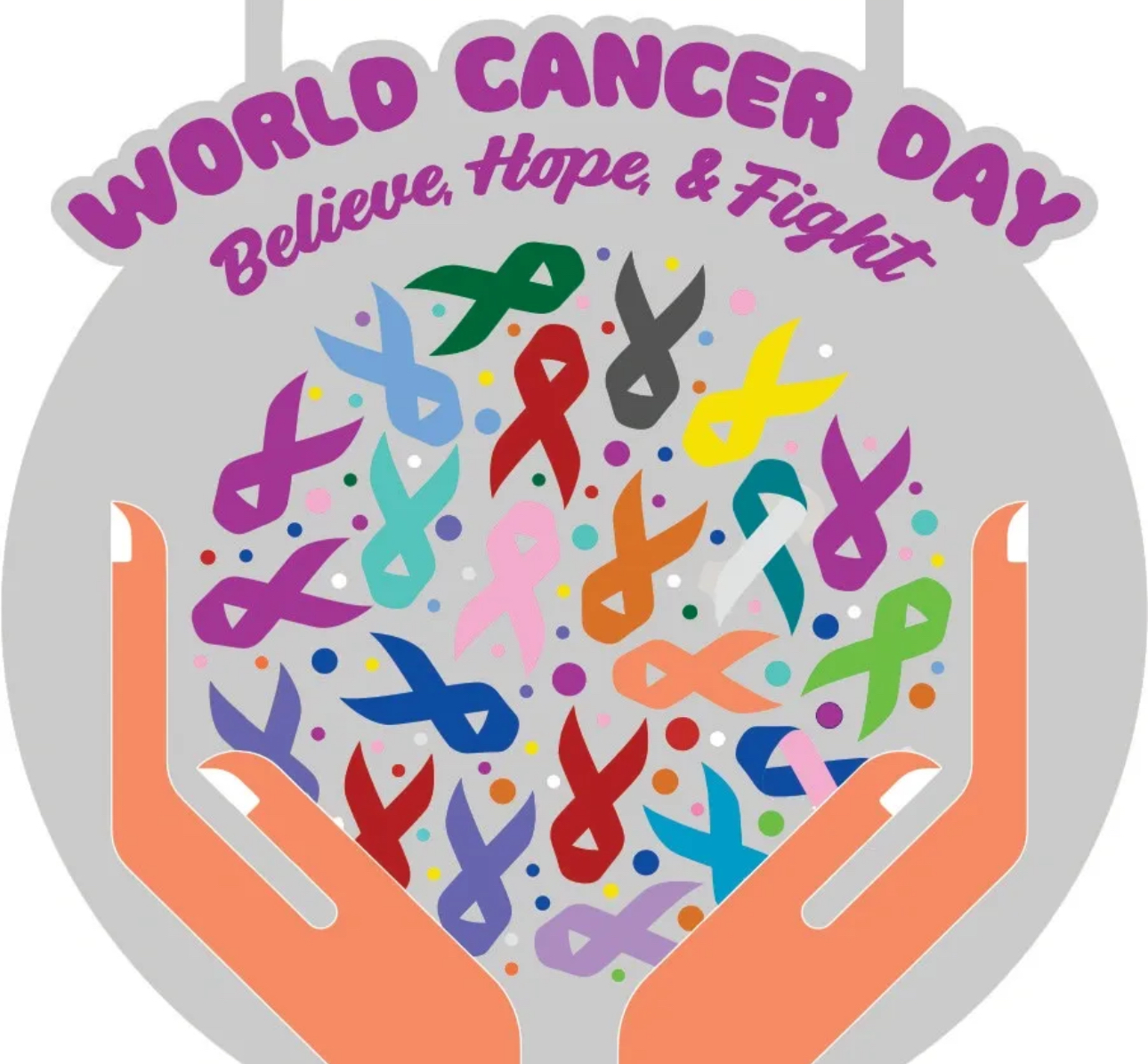

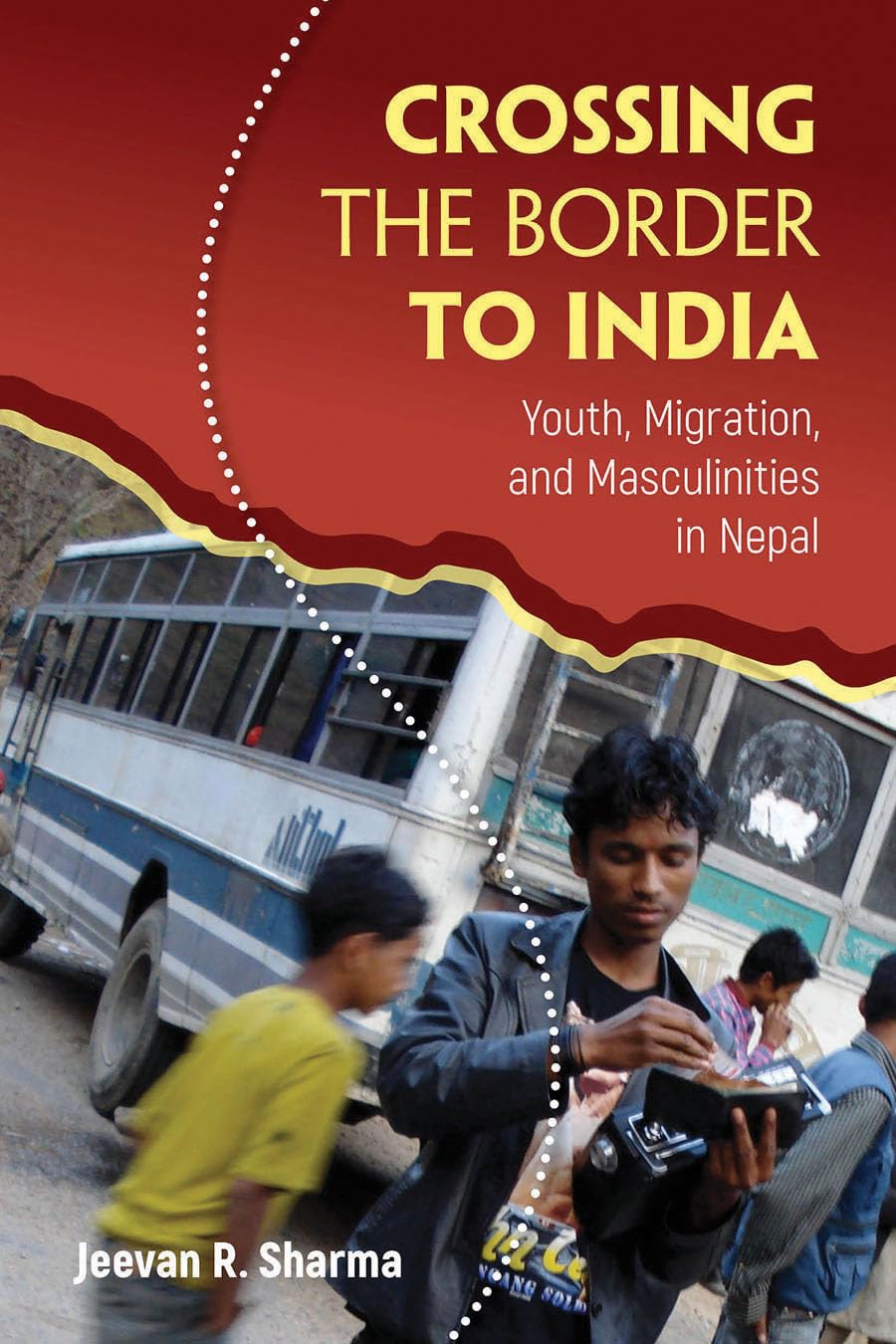
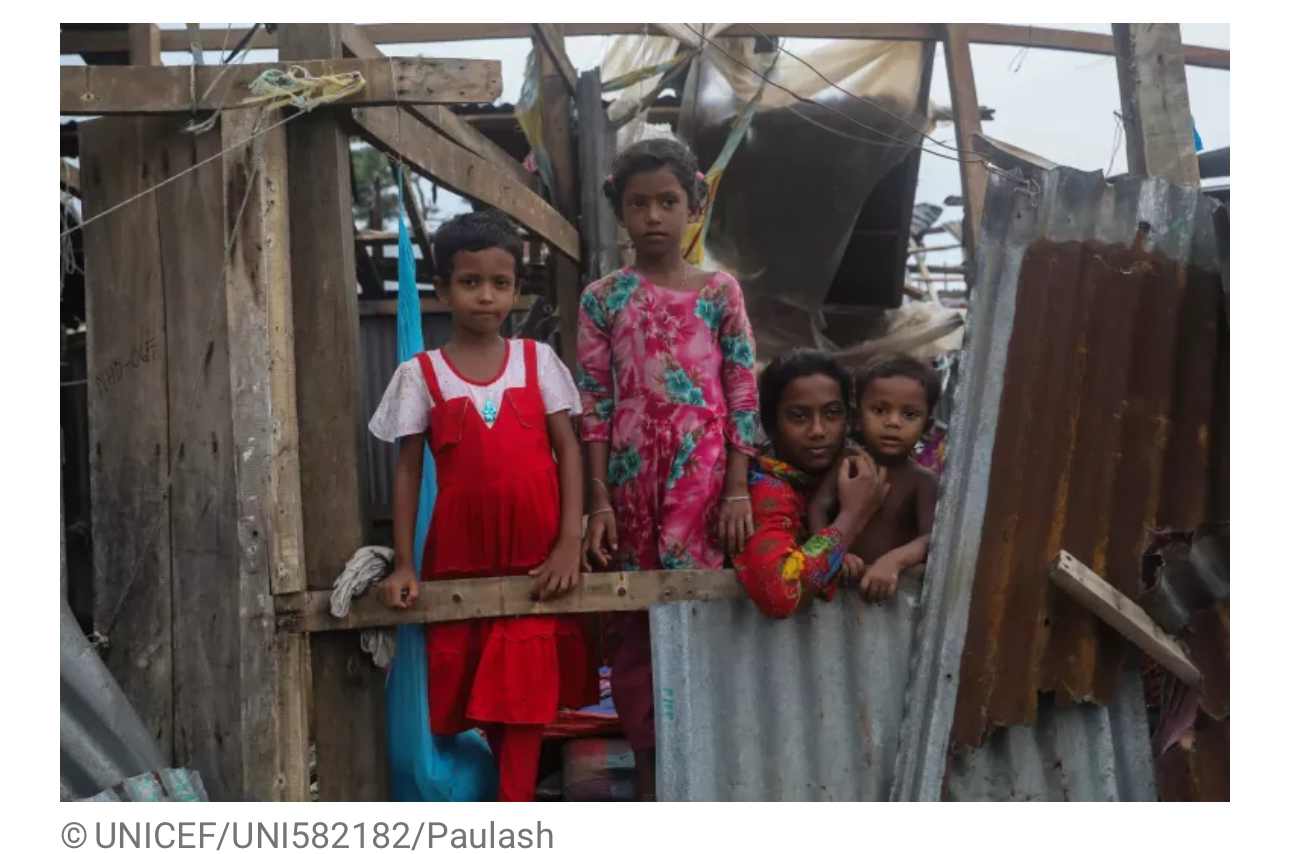

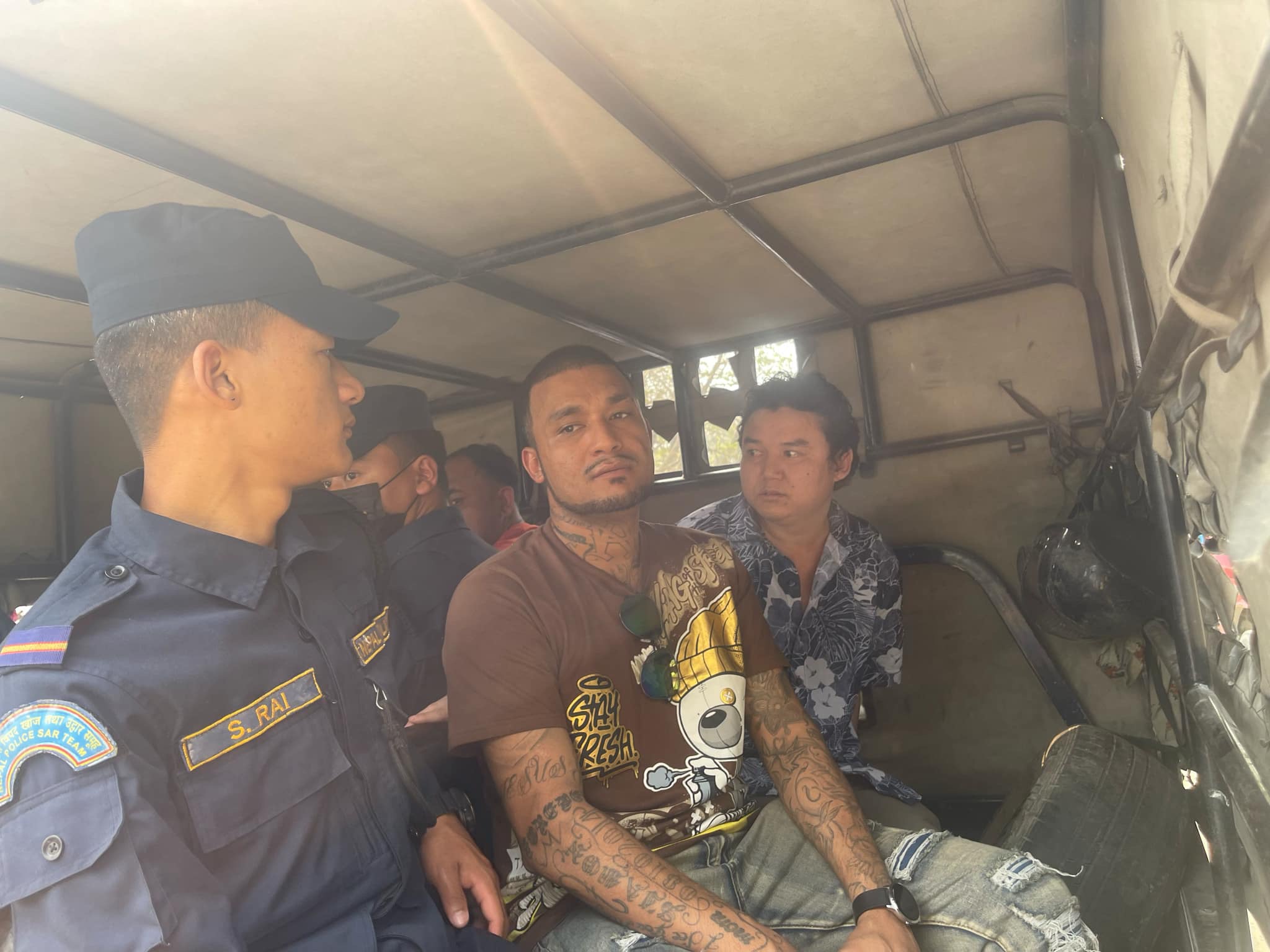






Facebook Comments